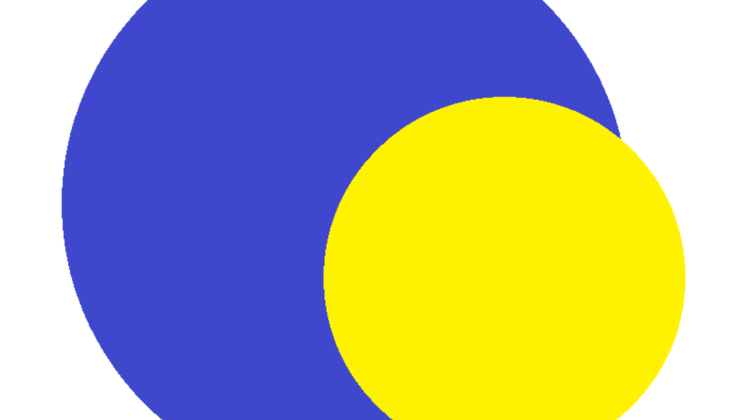
Creator: Erasmus University Rotterdam
Category: Software > Computer Software > Educational Software
Tag: cases, material, MOOC, study, videos
Availability: In stock
Price: USD 49.00
Welcome to this massive open online course (MOOC) about Qualitative Comparative Analysis (QCA). Please read the points below before you start the course. This will help you prepare well for the course and attend it properly. It will also help you determine if the course offers the knowledge and skills you are looking for. What can you do with QCA? ”
QCA is a comparative method that is mainly used in the social sciences for the assessment of cause-effect relations (i.e. causation). ”
QCA is relevant for researchers who normally work with qualitative methods and are looking for a more systematic way of comparing and assessing cases. ”
QCA is also useful for quantitative researchers who like to assess alternative (more complex) aspects of causation, such as how factors work together in producing an effect. ”
QCA can be used for the analysis of cases on all levels: macro (e.g. countries), meso (e.g. organizations) and micro (e.g. individuals). ”
QCA is mostly used for research of small- and medium-sized samples and populations (10-100 cases), but it can also be used for larger groups. Ideally, the number of cases is at least 10. QCA cannot be used if you are doing an in-depth study of one case. What will you learn in this course? ”
The course is designed for people who have no or little experience with QCA. ”
After the course you will understand the methodological foundations of QCA. ”
After the course you will know how to conduct a basic QCA study by yourself. How is this course organized? ”
The MOOC takes five weeks. The specific learning objectives and activities per week are mentioned in appendix A of the course guide. Please find the course guide under Resources in the main menu. ”
The learning objectives with regard to understanding the foundations of QCA and practically conducting a QCA study are pursued throughout the course. However, week 1 focuses more on the general analytic foundations, and weeks 2 to 5 are more about the practical aspects of a QCA study. ”
The activities of the course include watching the videos, consulting supplementary material where necessary, and doing assignments. The activities should be done in that order: first watch the videos; then consult supplementary material (if desired) for more details and examples; then do the assignments. ”
There are 10 assignments. Appendix A in the course guide states the estimated time needed to make the assignments and how the assignments are graded.
Only assignments 1 to 6 and 8 are mandatory. These 7 mandatory assignments must be completed successfully to pass the course. ”
Making the assignments successfully is one condition for receiving a course certificate. Further information about receiving a course certificate can be found here: https://learner.coursera.help/hc/en-us/articles/209819053-Get-a-Course-Certificate About the supplementary material ”
The course can be followed by watching the videos. It is not absolutely necessary yet recommended to study the supplementary reading material (as mentioned in the course guide) for further details and examples. Further, because some of the covered topics are quite technical (particularly topics in weeks 3 and 4 of the course), we provide several worked examples that supplement the videos by offering more specific illustrations and explanation. These worked examples can be found under Resources in the main menu. ”
Note that the supplementary readings are mostly not freely available. Books have to be bought or might be available in a university library; journal publications have to be ordered online or are accessible via a university license. ”
The textbook by Schneider and Wagemann (2012) functions as the primary reference for further information on the topics that are covered in the MOOC. Appendix A in the course guide mentions which chapters in that book can be consulted for which week of the course. ”
The publication by Schneider and Wagemann (2012) is comprehensive and detailed, and covers almost all topics discussed in the MOOC. However, for further study, appendix A in the course guide also mentions some additional supplementary literature. ”
Please find the full list of references for all citations (mentioned in this course guide, in the MOOC, and in the assignments) in appendix B of the course guide.

